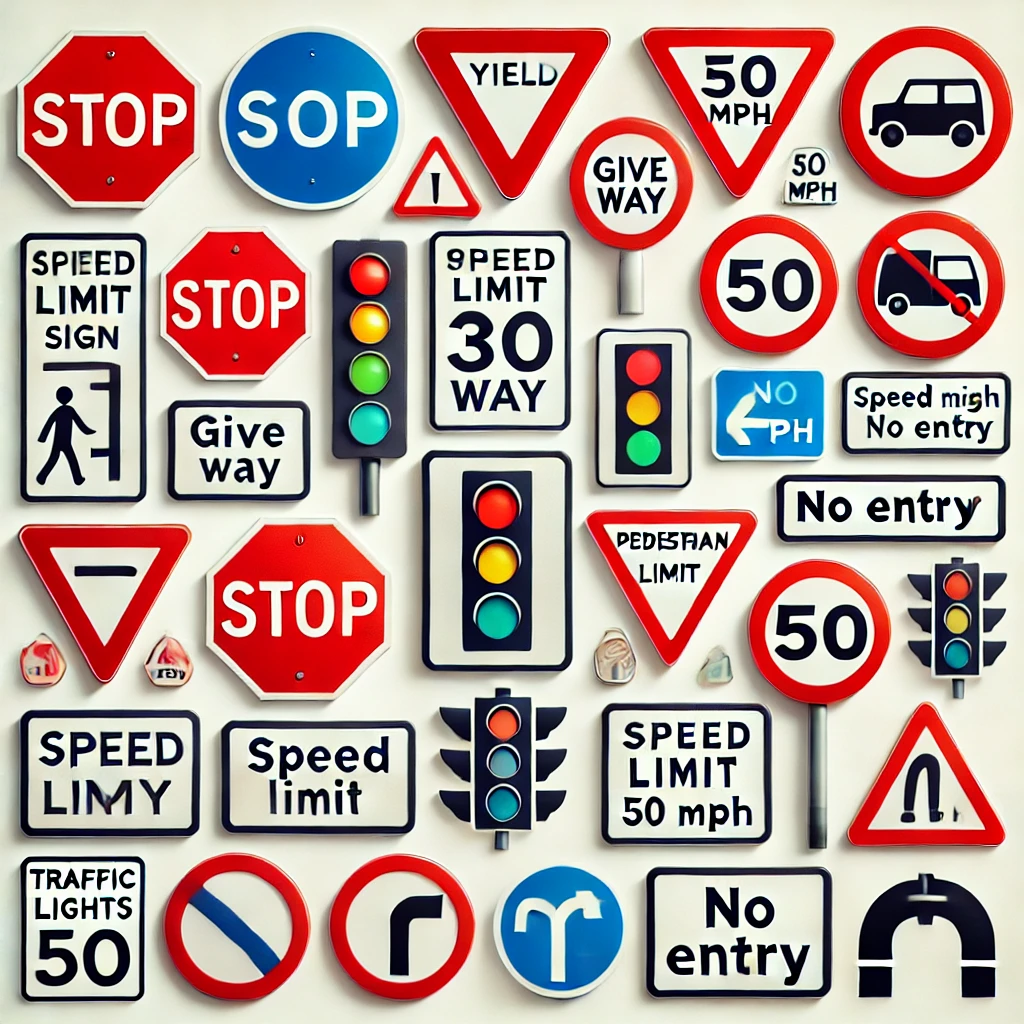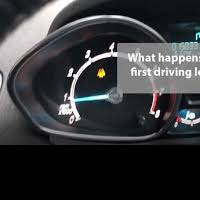Driving in Belfast, like any other part of the UK, requires extra caution due to the unpredictable and often challenging weather conditions. From heavy rain and fog to icy roads and strong winds, weather can significantly impact your driving experience and safety. Here’s a guide on how different weather conditions affect driving and some practical tips to stay safe on the road.
1. Driving in Rain
Rain is one of the most common weather challenges in Belfast, and it can make roads slippery and reduce visibility.
Impact: Wet roads can increase stopping distances and reduce tyre traction, leading to a higher risk of skidding or hydroplaning. Heavy rain can also obscure road markings and make it harder to see other vehicles.
Tips:
Slow Down: Reduce your speed to maintain better control of your vehicle.
Increase Following Distance: Allow extra space (at least a 4 second gap) between you and the car in front to accommodate longer stopping distances.
Use Headlights: Turn on your headlights to improve visibility for yourself and other drivers. Avoid Sudden Movements: Be gentle with the steering, brakes, and accelerator to prevent skidding.
2. Driving in Fog
Fog is a common occurrence in Belfast, particularly during the colder months. It can severely reduce visibility and make driving hazardous.
Impact: Fog can limit your ability to see the road ahead, making it difficult to spot hazards and judge distances accurately.
Tips:
Use Fog Lights: Turn on your fog lights when visibility is severely reduced (less than 100 metres), but remember to switch them off when visibility improves to avoid dazzling other drivers.
Keep a Low Speed: Drive slowly and be prepared to stop within the distance you can see clearly.
Avoid Overtaking: Stay in your lane and avoid overtaking, as it’s harder to judge the speed and distance of other vehicles in foggy conditions.
Listen for Traffic: Open your windows slightly to hear approaching vehicles, especially at junctions and crossings.
3. Driving in Snow and Ice
Snow and ice are less common in Belfast, but when they occur, they can create extremely hazardous driving conditions.
Impact: Snow and ice reduce tire traction and can make roads incredibly slippery, leading to a higher risk of losing control of your vehicle.
Tips:
Check the Weather Forecast: Use a reliable weather source such as The Met Office If snow or ice is predicted, consider postponing your journey if possible.
Drive Slowly: Reduce your speed significantly, as stopping distances can be up to ten times longer on icy roads.
Use Higher Gears: Start in second gear to reduce wheel spin and use higher gears to maintain traction.
Brake Gently: Apply brakes gently to avoid locking the wheels. If your car skids, steer gently into the skid.
Clear Your Car: Before setting off, ensure all windows, mirrors, and lights are clear of snow and ice.
4. Driving in High Winds
Strong winds are common in Belfast, especially near coastal areas. They can make driving difficult, particularly for high-sided vehicles.
Impact: High winds can cause your vehicle to be blown off course, especially on open roads and bridges.
Tips: Grip the Wheel Firmly: Hold the steering wheel firmly to maintain control of your vehicle.
Be Aware of Larger Vehicles: High-sided vehicles like lorries and buses are more affected by wind and may sway or veer unexpectedly.
Anticipate Gusts: Be prepared for sudden gusts, especially when passing bridges, gaps in buildings, or when overtaking large vehicles.
Reduce Speed: Slowing down gives you more time to react to gusts and helps maintain control of your vehicle.
5. Driving in Low Sunlight
In Belfast, low sunlight can occur during sunrise and sunset, creating glare that can obscure your vision.
Impact: Glare from the sun can make it difficult to see traffic lights, pedestrians, and other vehicles.
Tips:
Use Sunglasses: Wear sunglasses to reduce glare and improve visibility.
Clean Your Windscreen: Ensure your windshield is clean, inside and out, to minimize glare.
Use Your Visor: Use the sun visor to block out direct sunlight, but make sure it doesn’t obstruct your view of the road. Increase Following Distance: Give yourself more time to react to sudden stops or changes in traffic.
Conclusion
Weather can have a significant impact on driving conditions in Belfast, making it essential to adapt your driving style to stay safe. By following these tips and staying aware of how different weather conditions affect the road, you can reduce the risks and ensure a safer driving experience. Remember, when in doubt, it’s always better to err on the side of caution and adjust your journey according to the weather conditions.






